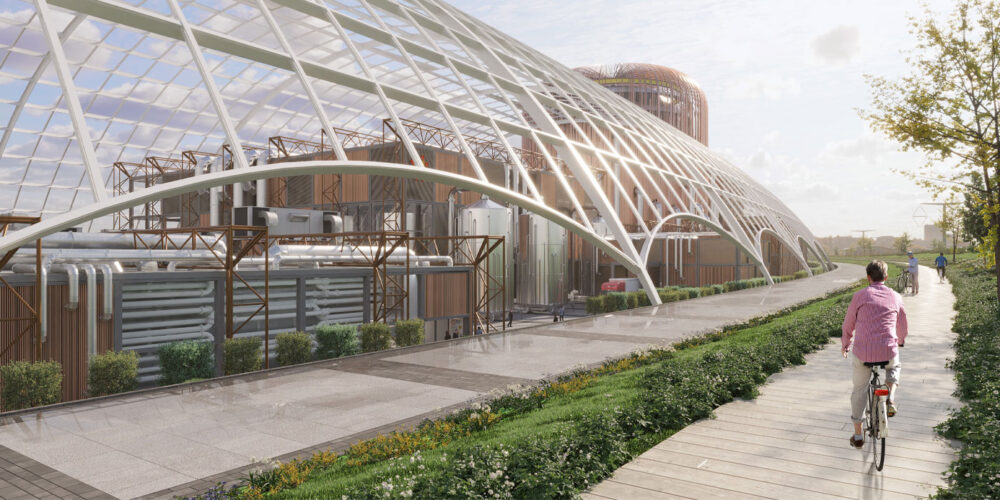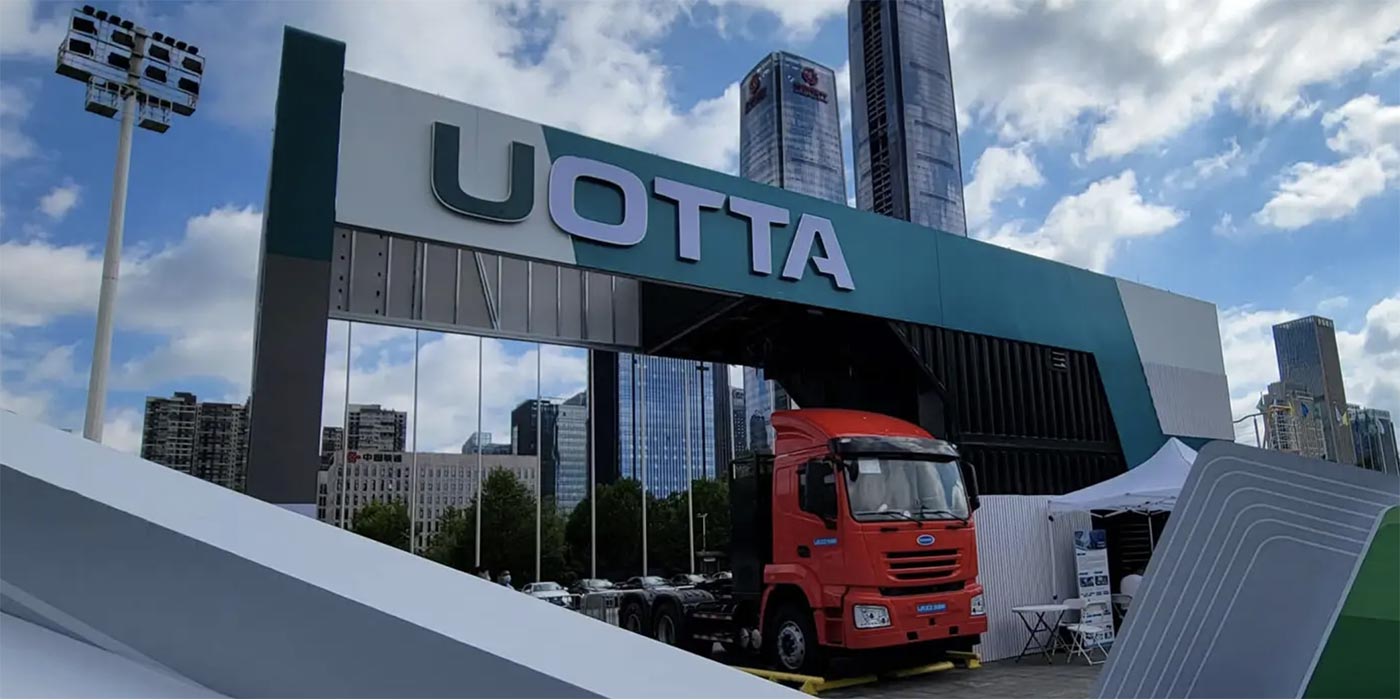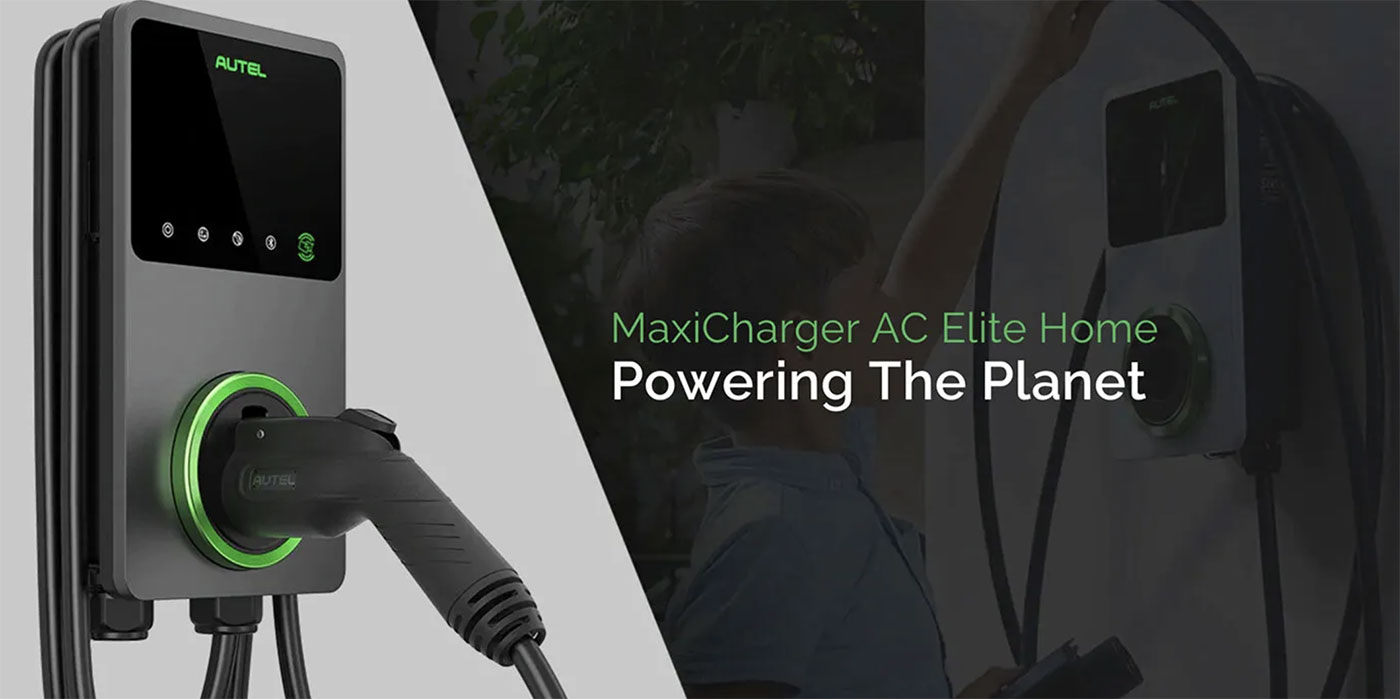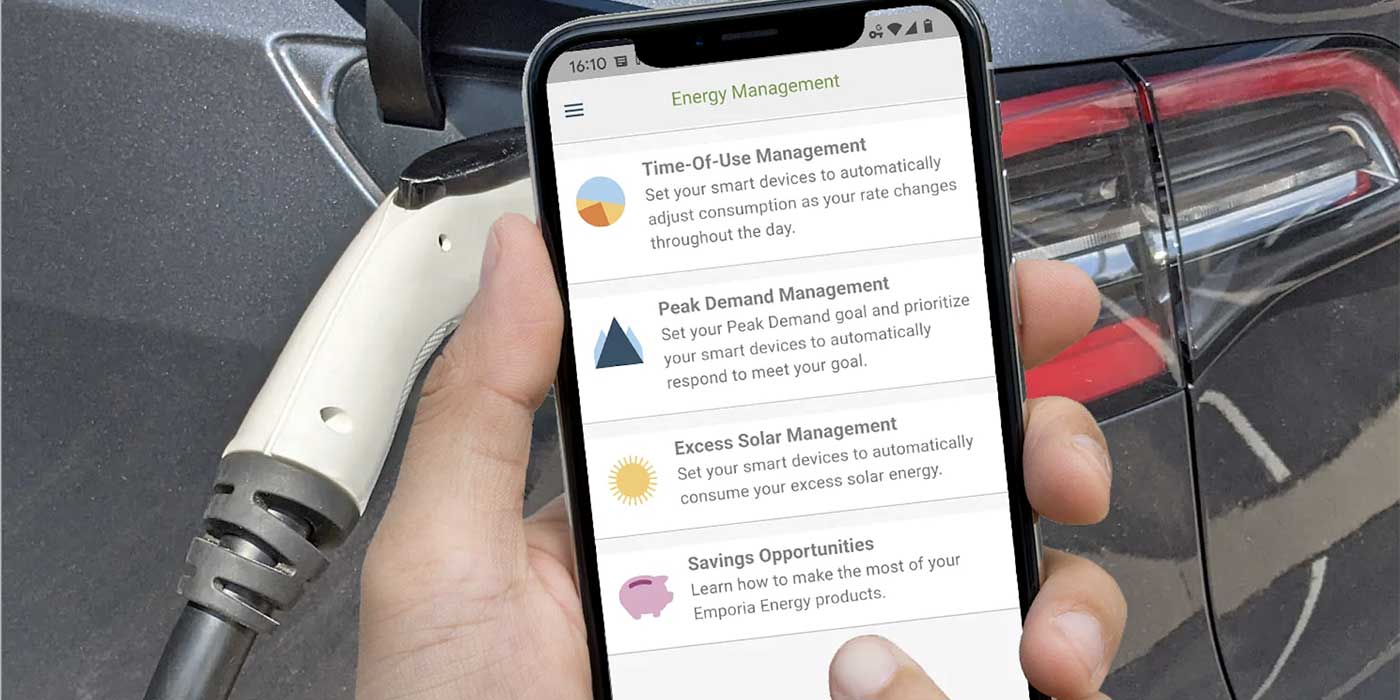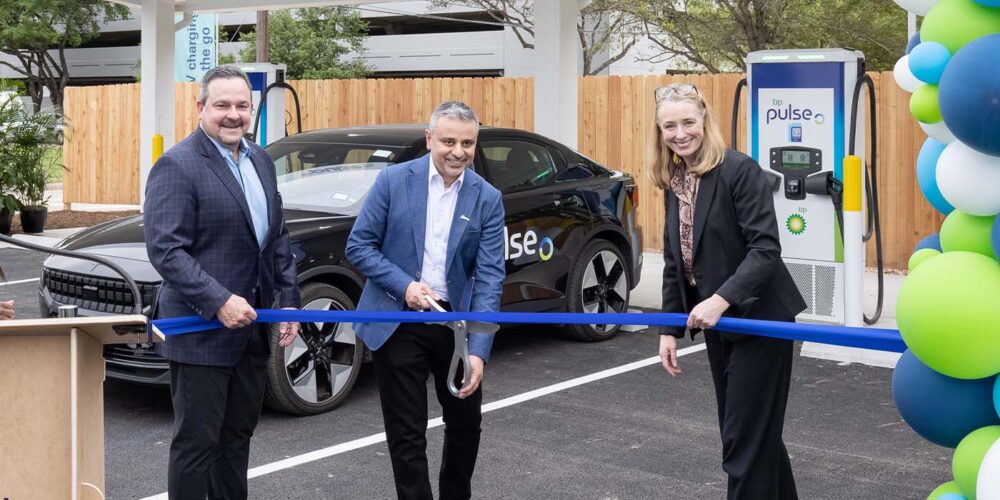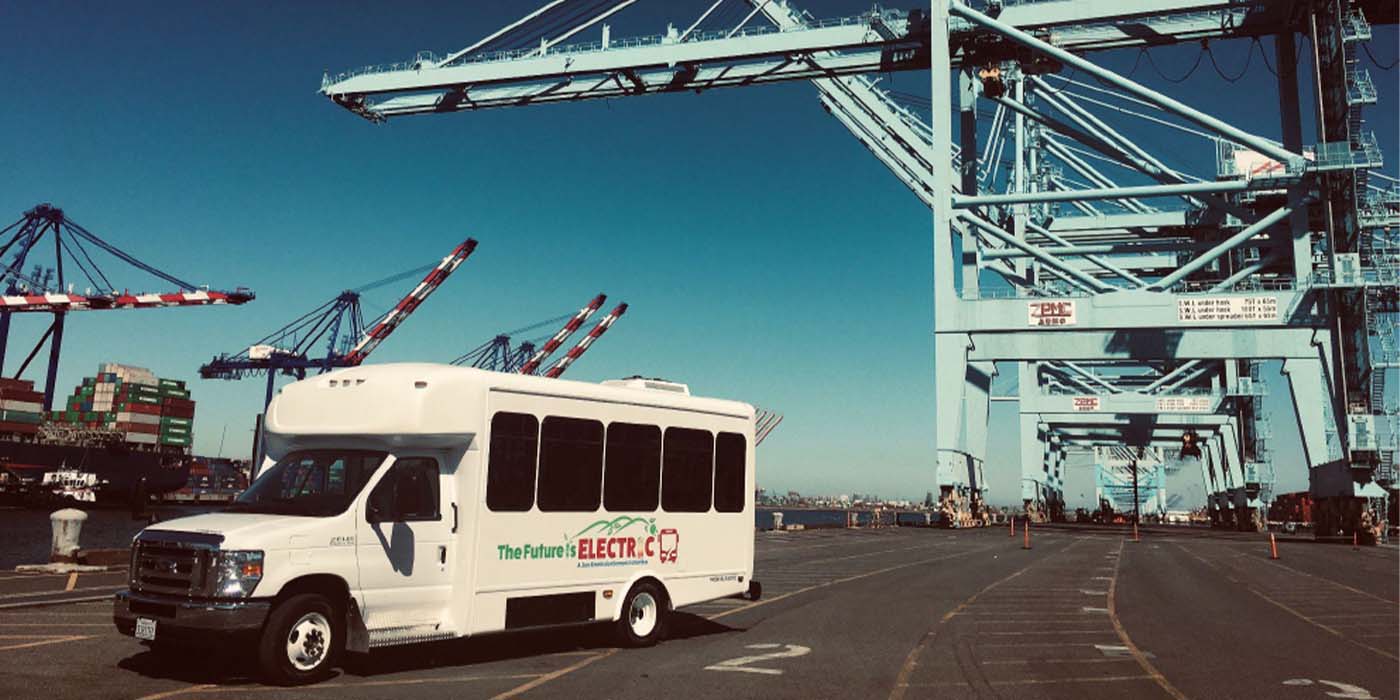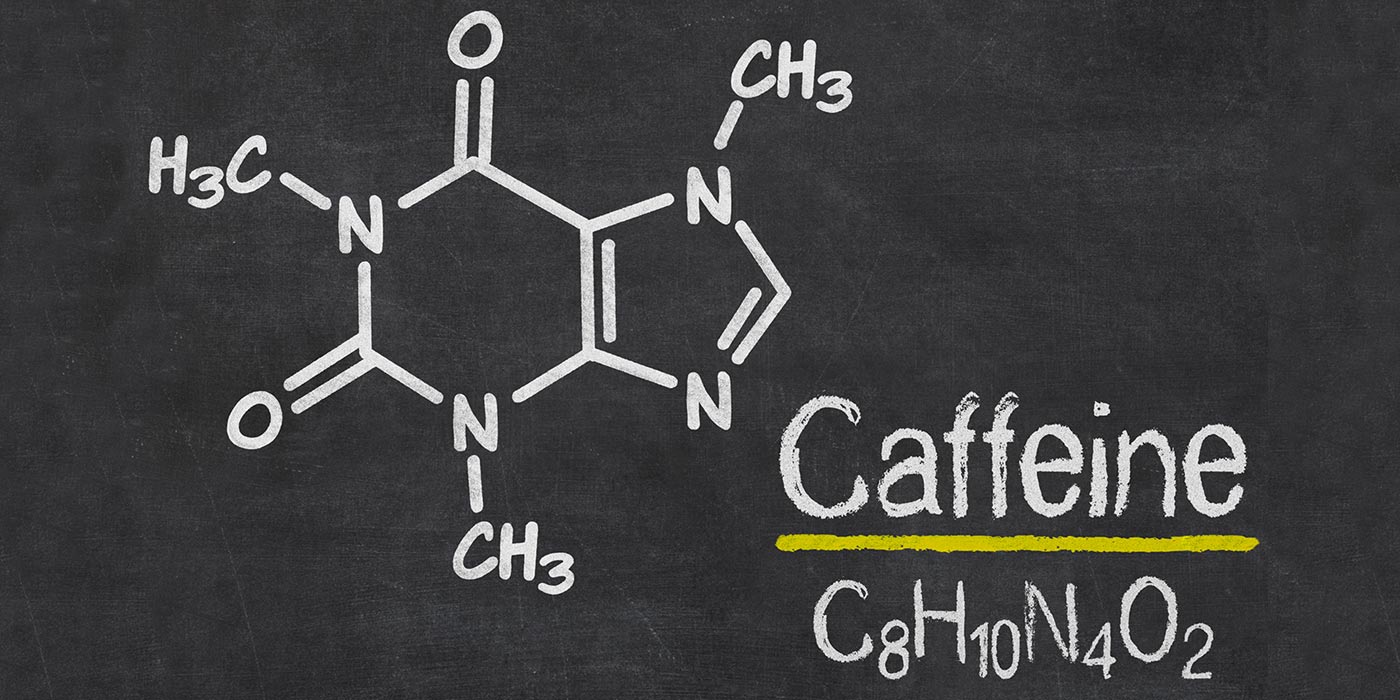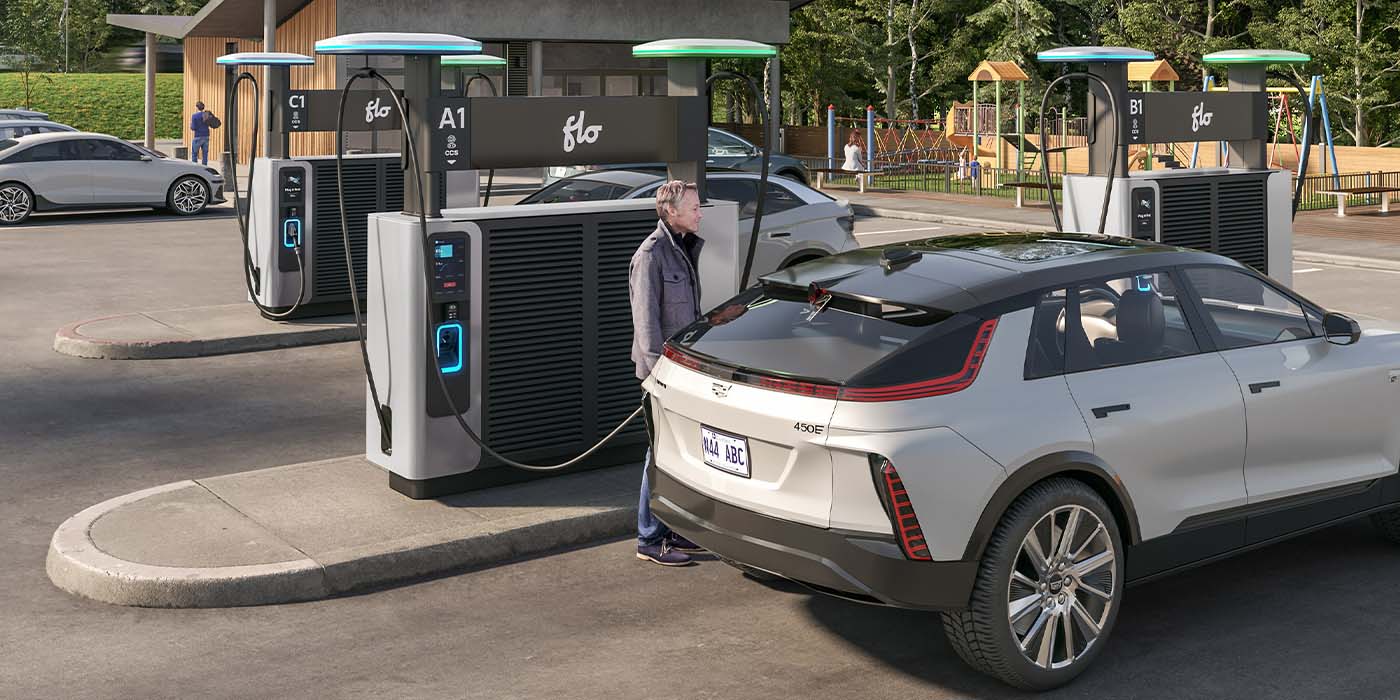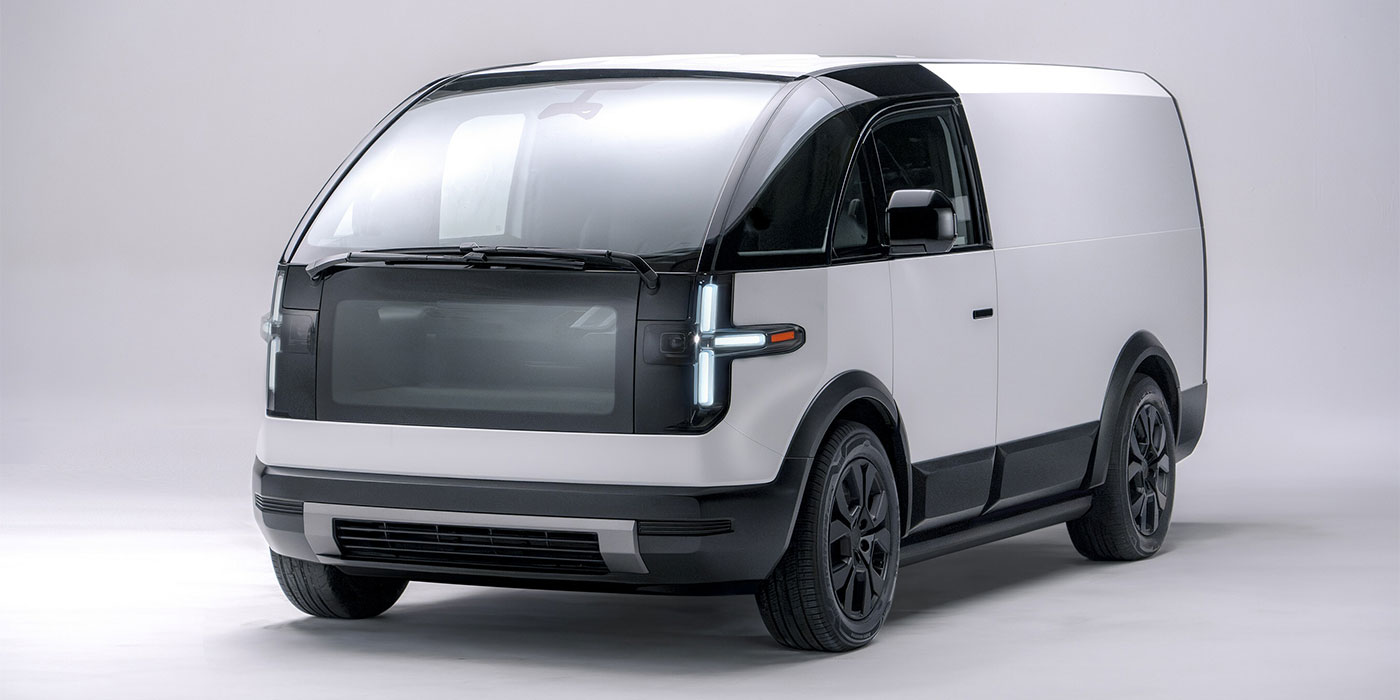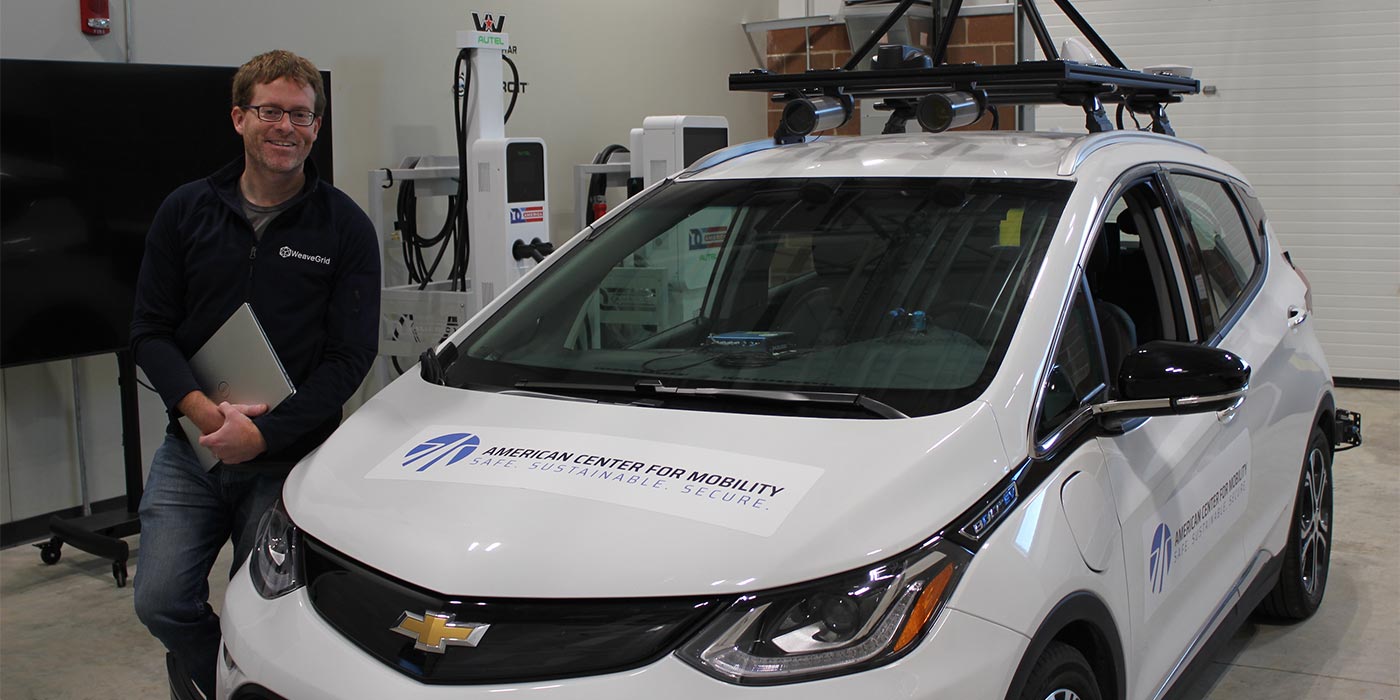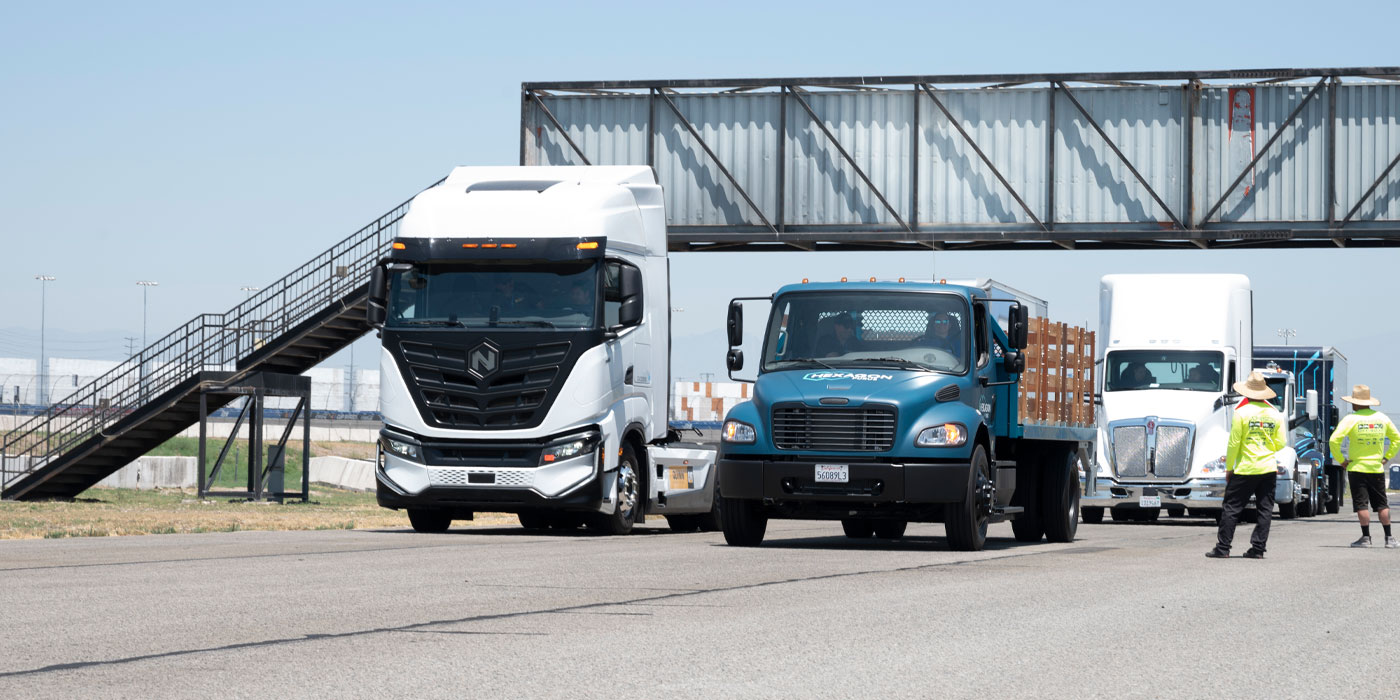Tokamak Energy has released the first images of its commercial fusion power plant, which the company says will generate enough electricity to power 50,000 homes in the 2030s. The company says its ST-E1 fusion pilot plant will demonstrate the capability of delivering electricity into the grid in the early 2030s and pave the way for globally deployable 500-megawatt commercial plants.
The process that powers the sun and stars, fusion, is the opposite of nuclear fission – combining lighter atoms rather than splitting heavier ones – and is easy to stop because it needs a continuous fuel supply. It produces no long-lived nuclear waste. The company says that fusion power stations will provide safe and secure clean energy to towns and cities, and heat to industrial factories. One kilogram of fusion fuel releases the same amount of energy as burning around 10 million kilograms of coal, with no harmful emissions, Tokamak Energy says.
“Fusion energy from power plants like this will be zero carbon, safe, secure, extremely efficient and run on limitless fuel from seawater,” Warrick Matthews, Tokamak Energy managing director said. “Fusion is the ultimate energy source – no emissions and you can put a plant where you need it. Renewables are fantastic and absolutely vital, however we also need dependable, reliable power you can switch on around the clock – when the sun isn’t shining or wind isn’t blowing – without high storage costs. Fusion fills that important gap as part of a sustainable net zero future.”
Fusion power plants can be connected to a traditional turbine to produce electricity as well as provide heat for multiple industrial uses, including metalworks, water desalination or hydrogen production. They will generate a lot of power from a small amount of fuel and take up small amounts of land, compared to solar and wind farms.
Tokamak Energy says the company has over 10 years of experience in designing, building, operating and validating results using compact spherical tokamaks, which are shaped like a cored apple rather than a ring doughnut.
In 2021, Tokamak Energy says it achieved a fusion threshold plasma temperature of 100 million degrees Celsius in its current spherical tokamak, ST40. The company will build its next device, ST80-HTS, at UK Atomic Energy Authority’s Culham Campus in 2026 before completing ST-E1 in the early 2030s.

